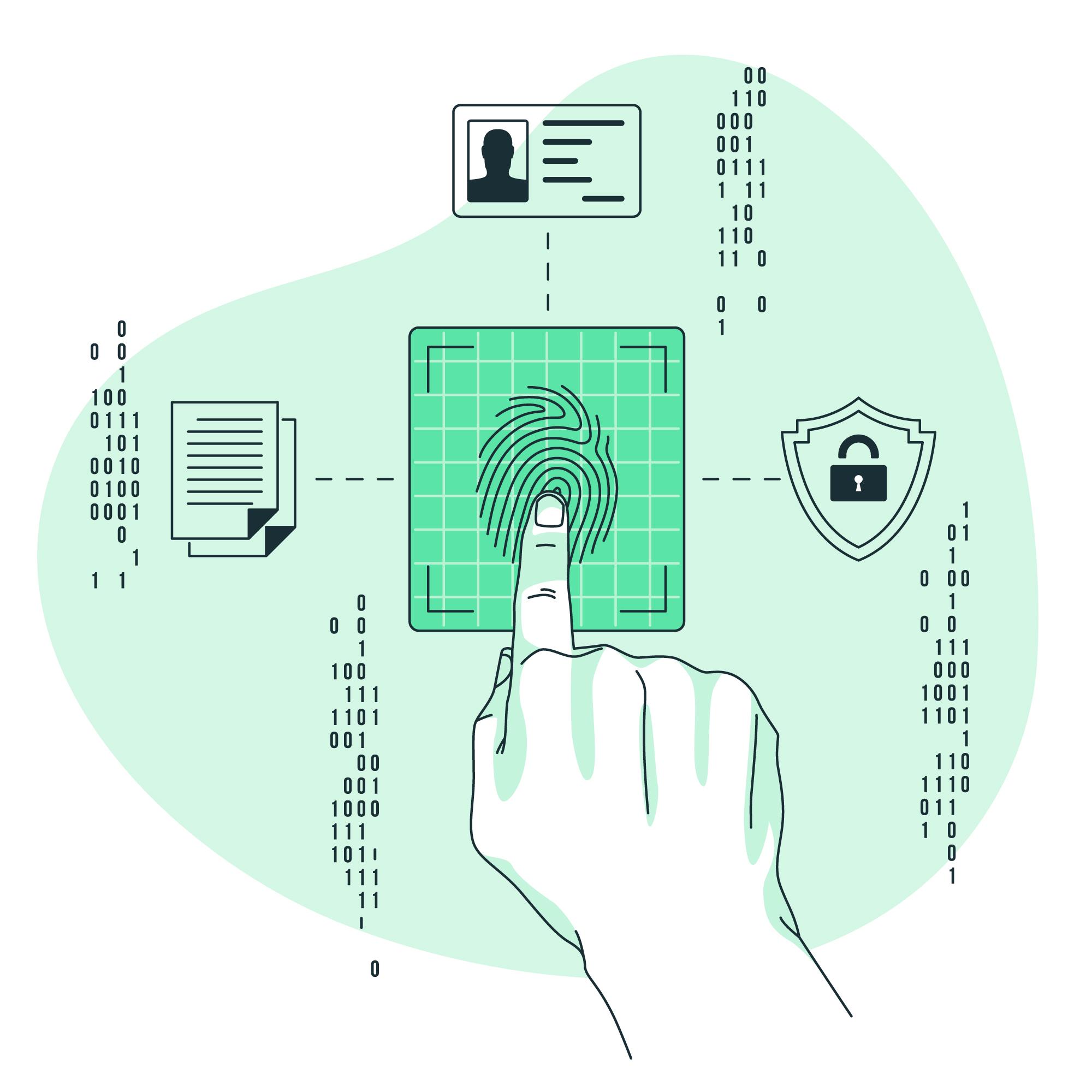As biometric technologies become increasingly integrated into our everyday lives—through facial recognition systems, fingerprint scanners, iris readers, and voice authentication tools—new challenges have emerged in the world of electronic waste management. One of the most pressing among them is ensuring data security during the disposal and recycling of biometric hardware. Unlike traditional electronics, biometric devices carry deeply personal and irreversible data. Once compromised, biometric information cannot be changed like a password, making its protection even more critical when these devices reach the end of their life.
The Unique Risks of Biometric Data
Biometric hardware is designed to collect, store, and process highly sensitive identity markers. Whether used for unlocking a smartphone, authenticating access to a secure facility, or verifying identities in border control systems, these devices handle data that links directly to a person’s physiological traits. Even if stored in encrypted formats, residual biometric data can sometimes be extracted from internal memory components if not properly sanitized before recycling.
Unlike alphanumeric data, biometric identifiers are permanent. A stolen fingerprint pattern, for example, could be used to create spoofing tools or breach secure systems if not adequately destroyed. This raises the stakes significantly for recyclers and disposal handlers tasked with processing old or damaged devices.
Common Biometric Hardware with Data Vulnerabilities
Many types of biometric hardware retain stored data or operate in conjunction with embedded processors and memory modules. These include:
- Fingerprint sensors in mobile phones and door access panels
- Facial recognition cameras with onboard storage or AI chips
- Iris scanners used in border control and high-security areas
- Palm vein readers and multi-modal biometric terminals
- Voice recognition hardware integrated with smart home systems
While some devices store biometric data externally on servers, others contain flash memory or embedded chips that locally process and retain information. These localized storage systems, if not properly cleared, represent a significant vulnerability during the recycling phase.
Overlooked Points in the Recycling Chain
Data security risks often arise not from a single point of failure, but from lapses throughout the recycling chain. The process typically involves several steps—collection, transportation, triage, dismantling, and final material recovery. At each stage, improper handling or unauthorized access can lead to data exposure.
For example, during the triage or sorting phase, functional biometric hardware may be resold or redistributed without proper data erasure. Informal recycling sectors, particularly in regions lacking regulation or oversight, may prioritize material recovery over data security. Devices can also be intercepted or scavenged before reaching licensed recycling centers, creating further opportunities for data leaks.
Methods for Securing Biometric Devices During Recycling
To minimize these risks, robust procedures are necessary to ensure that all data-containing components are thoroughly wiped, destroyed, or rendered unreadable prior to further processing. Common security-focused methods include:
- Data wiping using specialized software that overwrites stored biometric templates multiple times to prevent recovery
- Degaussing, which demagnetizes storage components and renders magnetic data unreadable
- Physical destruction, such as shredding or crushing memory chips and processors within the hardware
- Thermal disintegration, where devices are incinerated at high temperatures to eliminate all retrievable data
Each of these methods has its pros and cons, and often a combination of approaches is used for maximum security.
Balancing Security with Sustainability
A growing concern is how to reconcile secure data destruction with environmental sustainability. Physical destruction, while effective for security, can reduce opportunities for component reuse and increase e-waste volumes. On the other hand, data wiping requires time, specialized equipment, and trained personnel, making it costlier and sometimes less practical for high-throughput recycling operations.
One potential middle ground is the development of biometric hardware designed with secure recycling in mind. This could include components with built-in data volatility (automatic erasure upon power-down), or devices that compartmentalize biometric storage for easy removal and destruction without scrapping the entire unit.
Additionally, take-back programs or refurbishment channels operated by original manufacturers may offer more secure and traceable pathways for decommissioned biometric devices, though they are not always available or accessible to all users.
Institutional Responsibility and Policy Gaps
While consumers and businesses both play roles in securely disposing of biometric hardware, the responsibility often falls heavily on institutions—especially in sectors like healthcare, finance, education, and law enforcement, where biometric systems are deployed at scale. These organizations must develop internal protocols that address not just functional obsolescence, but the security implications of hardware disposal.
Unfortunately, many existing policies do not explicitly cover the secure recycling of biometric hardware. Broader e-waste regulations may mandate responsible recycling but may not address the specifics of data sanitization or hardware-level data destruction for biometric systems. This policy gap leaves room for inconsistent practices and potential security breaches.
Conclusion
As biometric devices proliferate across consumer and public domains, the importance of secure recycling has never been greater. Protecting biometric data during disposal is not simply a technical issue, but a matter of long-term trust and privacy. Ensuring secure recycling practices—through a combination of procedural rigor, technical safeguards, and better design—can help mitigate the growing risks associated with this unique category of electronic waste. As the digital and physical realms continue to merge, the security of what we throw away becomes just as important as the systems we build to protect us.



































